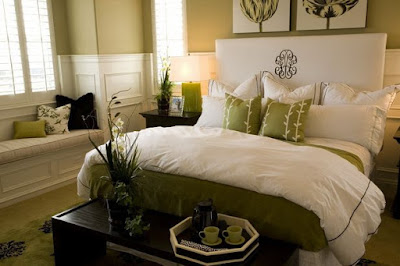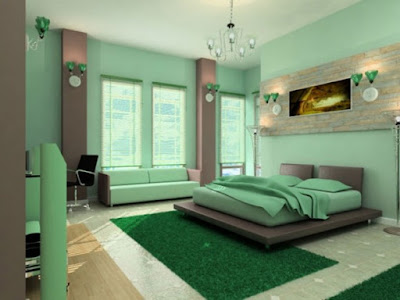Design an Herb Garden
 Herb gardens are magical places, filled with plants that are as old as recorded time, as enchanting as a fairy tale, as evocative as a Shakespeare sonnet - and as useful as a bottle of aspirin in the medicine cabinet. So what are you waiting for?
Herb gardens are magical places, filled with plants that are as old as recorded time, as enchanting as a fairy tale, as evocative as a Shakespeare sonnet - and as useful as a bottle of aspirin in the medicine cabinet. So what are you waiting for?Assess your site. How much sun does it get? Most herbs, especially popular culinary ones, perform their best when they get at least 10 hours a day of sun ("full sun"). Many, however, will thrive in much less.
Consider the purpose of your garden. Will you use it mostly to grow culinary herbs? Do you want supplies of leaves, petals and flower heads to dry for potpourri or make into dyes for cloth or yarn? Do you want a medicinal garden that will give you safe, gentle remedies? Or simply a beautiful, fragrant place to relax after a long day at work?
Learn which herbs grow best in your climate and soil. Visit nurseries, parks and universities that have herb gardens. Sign up for local garden-club tours. Notice what plants and designs appeal to you and why, and take lots of notes and photographs.
Join your local herb society, or at least attend a meeting or two. Gardeners are renowned for their friendliness. Announce yourself as a novice and it's all but guaranteed people will take you under their wings.
Plan to grow some of your herbs in containers, even if you have a lot of planting space. Not only do containers look attractive, but they also enlarge your plant palette. You can grow herbs that are too tender for your climate, then take them indoors for the winter; or, if you live in the sweltering South, you can move potted herbs to shady retreats during the hottest part of the day.
Enclose your garden, at least partially, with a fence, wall or trellis. You'll capture and intensify the fragrance of your herbs, and in the process you'll gain privacy, structural interest and vertical planting space.
Add water in some form, even if only a tiny fountain or birdbath. It will entice birds and butterflies to your garden, its gentle sounds will add a sense of tranquility to the scene, and the extra moisture in the air will further intensify the scent of the herbs.











Comments
Post a Comment